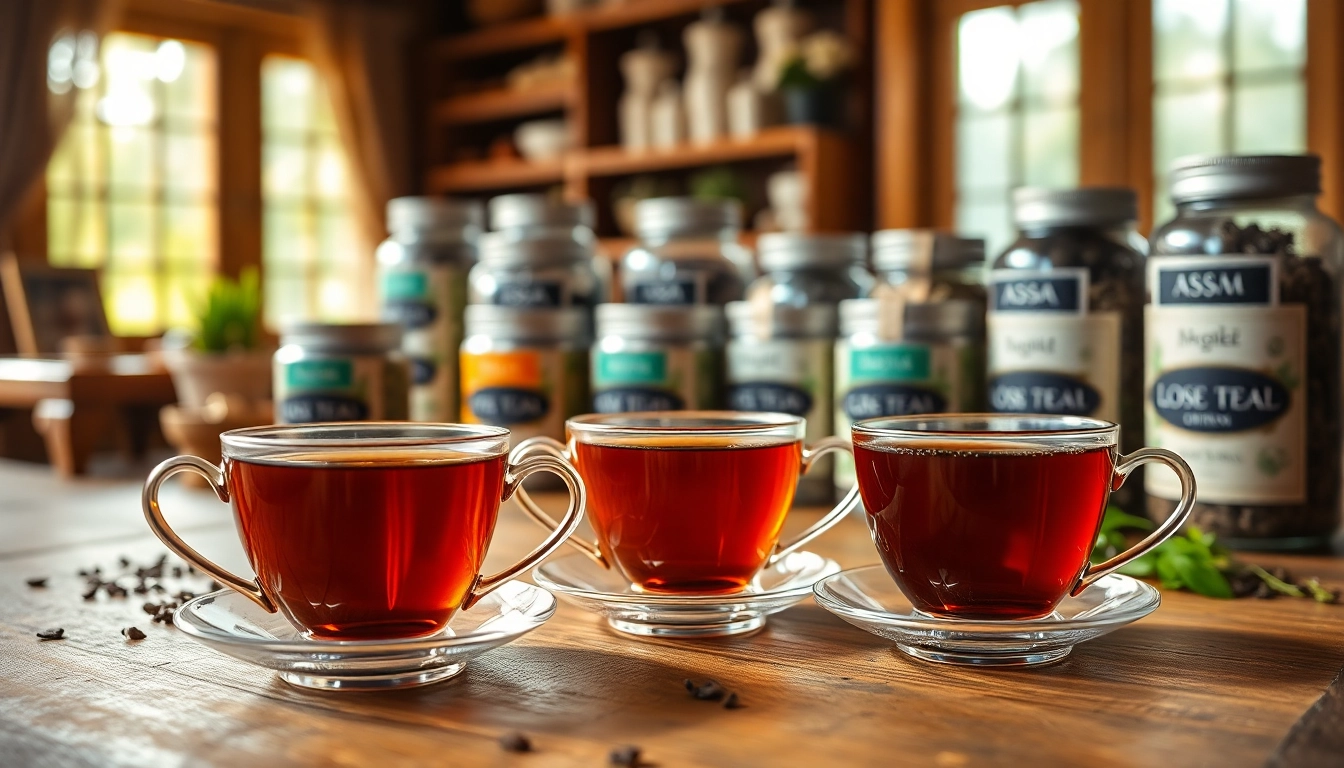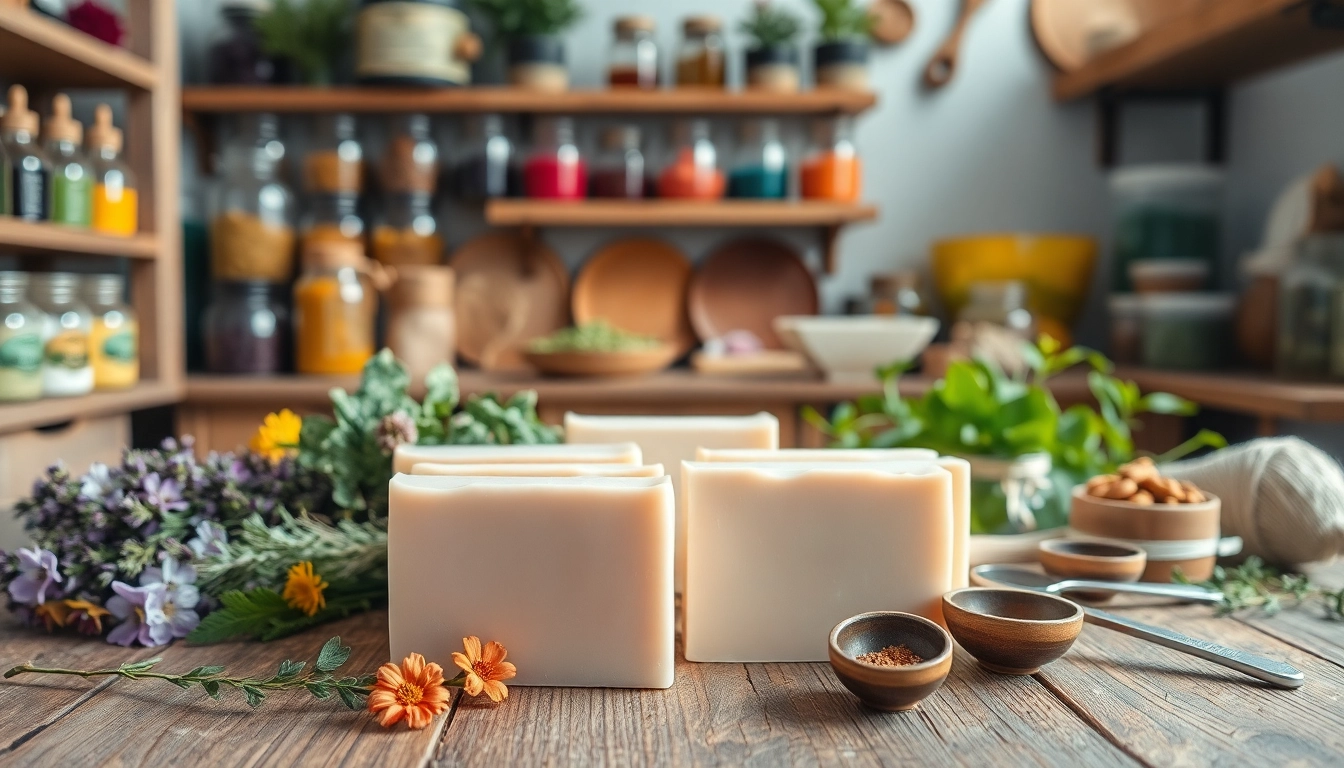Introduction to Single Origin Tea
In the vast world of tea, the term single origin tea garners significant attention, showcasing the finest brews from specific regions or estates known for their exceptional quality and rich flavors. This article delves into what single origin tea is, its unique characteristics, the importance of terroir, and the many benefits of choosing single origin over blended teas. We will guide you through selecting the best single origin teas, highlight popular regions for their production, and offer practical steps to enhance your tea journey.
What is Single Origin Tea?
Single origin tea refers to tea leaves that are sourced from one specific region, farm, or estate, without any mixture from other locations. Unlike blended teas, which combine leaves from various sources to achieve a particular flavor profile, single origin teas preserve the authenticity and unique characteristics of their geographical roots. This designation offers tea enthusiasts a glimpse into the unique flavors associated with a region’s climate, soil, and cultivation methods.
Key Characteristics of Single Origin Teas
The defining traits of single origin teas include:
- Unique Flavor Profiles: Each single origin tea carries distinct flavors and aromas that reflect its origin. Factors such as soil type, climate, altitude, and processing techniques play a pivotal role in shaping its taste.
- Artisanal Production: Many single origin teas are produced by individual growers or small farms, often following traditional methods that have been passed down through generations.
- Traceability: The production and sourcing of single origin teas allow consumers to trace the product back to its origin, fostering a connection between the drinker and the growers.
Importance of Terroir in Tea
Terroir, a French term that encompasses the environmental factors affecting crop growth—including soil, climate, and landscape—plays a critical role in the production of single origin tea. Just as in wine and coffee, the concept of terroir underscores that the geography of tea cultivation significantly influences its flavor. For instance, teas grown at high altitudes, like Darjeeling, may exhibit floral notes due to the cool climate and diverse vegetation, while teas harvested in warmer regions, such as Assam, can offer robust, malty flavors.
The Benefits of Choosing Single Origin Tea
Opting for single origin tea comes with numerous advantages that encompass not only taste but also health and ethical considerations.
Flavor Profile and Quality
One of the standout benefits of single origin teas is their exceptional flavor diversity. Single estate teas present a range of taste experiences, allowing connoisseurs to savor the nuances of different harvests each season. This quality is often a result of meticulous growing practices and the dedication of growers committed to maintaining the integrity of their tea.
Health Benefits of Single Origin Tea
Beyond flavor, single origin teas also offer various health benefits. Rich in antioxidants, these teas can support overall health and well-being. For example, green teas from Japan, particularly those sourced from specific regions like Uji, are celebrated for their high levels of catechins, which can aid in metabolism and cardiovascular health. Furthermore, the absence of additives and blends in single origin teas means you consume a purer product, free from artificial flavors and preservatives.
Sustainability and Ethical Sourcing
Many single origin tea estates prioritize sustainable farming practices and ethical sourcing, often ensuring fair wages and good working conditions for their laborers. By choosing single origin tea, consumers can support responsible producers who take care of their land and people, fostering more sustainable agricultural practices in the long run.
How to Select the Best Single Origin Teas
Selecting quality single origin teas can be a delightful journey, yet it requires some knowledge and attention to detail.
Identifying Authentic Single Origin Products
When searching for genuine single origin teas, consider the following tips:
- Check the Label: Authentic single origin teas will typically list the specific location, estate, or region on the packaging.
- Research the Producer: Look for information on the tea estate’s history and reputation. Verify whether they are known for authentic practices.
- Seek Certification: Some teas may come with organic or fair trade certifications, further validating their authenticity and production standards.
Understanding Different Tea Types
To truly appreciate single origin teas, familiarize yourself with various types, including green, black, oolong, white, and herbal teas. Each type has its processing methods and flavor profiles. For instance, a Darjeeling might be light and floral, while a robust Assam tea may be more malty and full-bodied. Understanding these distinctions will enable you to select teas that align with your taste preferences.
Pairing Tips for Single Origin Teas
Pairing food and tea can elevate your tasting experience. Here are some pairing ideas:
- Green Tea: Pairs well with light dishes, such as sushi or salads.
- Black Tea: Complements savory meals, including hearty stews or grilled meats.
- Oolong Tea: Go well with dishes rich in fats, like roasted duck or fatty fish.
- Herbal Tea: Works beautifully with desserts and fruity dishes.
Popular Regions for Single Origin Tea
The world boasts several renowned regions known for their exceptional single origin teas, each offering unique characteristics shaped by their environment.
Top Single Origin Tea Regions Worldwide
Some of the most esteemed areas for single origin tea production include:
- Darjeeling, India: Nicknamed the “Champagne of Teas,” Darjeeling is famous for its exquisite aroma and muscatel flavor note.
- Assam, India: Known for robust and malty teas, Assam is one of the largest tea-producing regions globally.
- Uji, Japan: Celebrated for its shade-grown teas, Uji is a prominent source of high-quality matcha and gyokuro.
- Keemun, China: A renowned black tea from the Qimen County, characterized by its unique fruity, floral aroma.
Profiles of Renowned Tea Estates
Some notable estates include:
- Margaret’s Hope, Darjeeling: Well-known for its muscatel flavor and exquisite aroma, this estate produces fine quality teas recognized for their delicate flavors.
- Jaswant Singh, Assam: This estate is revered for its rich, malty black teas enjoyed around the globe.
- Hōjicha, Uji: A unique roasted green tea that offers a warm, nutty flavor—this production from Uji is a favorite among tea aficionados.
Cultural Significance of Regional Teas
Single origin teas are intertwined with the cultural heritage of their regions. In Japan, for example, tea ceremonies reflect deep-rooted traditions emphasizing harmony and respect. Similarly, in India, tea is an integral part of social gatherings, symbolizing hospitality and warmth. By indulging in single origin teas, consumers can experience a taste of culture and history, enriching the overall tea-drinking experience.
Taking Your Single Origin Tea Journey Further
Exploring single origin tea can be a fulfilling endeavor, and there are multiple ways to deepen your experience.
Home Brewing Techniques for Best Flavor
To extract the best flavor from your single origin teas, consider the following brewing techniques:
- Water Quality: Always use fresh, filtered water to avoid any off-flavors.
- Temperature: Different teas require different brewing temperatures. For instance, green teas should be brewed at lower temperatures (around 175°F), while black teas can withstand boiling water (around 200°F).
- Steeping Time: Monitor steeping times: Generally, green teas require 2-3 minutes, whereas black teas may need 3-5 minutes.
Single Origin Tea Tasting Events
Participating in tea tasting events can enhance your appreciation for single origin teas. These events often include guided tastings where you can learn about various teas, their complexities, and the subtleties of different harvests. Look for local tea shops or online events that focus on single estate teas to gain valuable insights from industry experts.
Building a Collection of Single Origin Teas
Starting a collection of single origin teas can be an exciting adventure. Here are some tips:
- Start Small: Begin with a few varieties from different regions to understand your preferences.
- Keep a Journal: Document your tasting experiences, noting flavors, aromas, and personal preferences.
- Explore Limited Editions: Some producers offer limited batch releases—these can be unique additions that showcase the artistry of seasonal harvesting.



